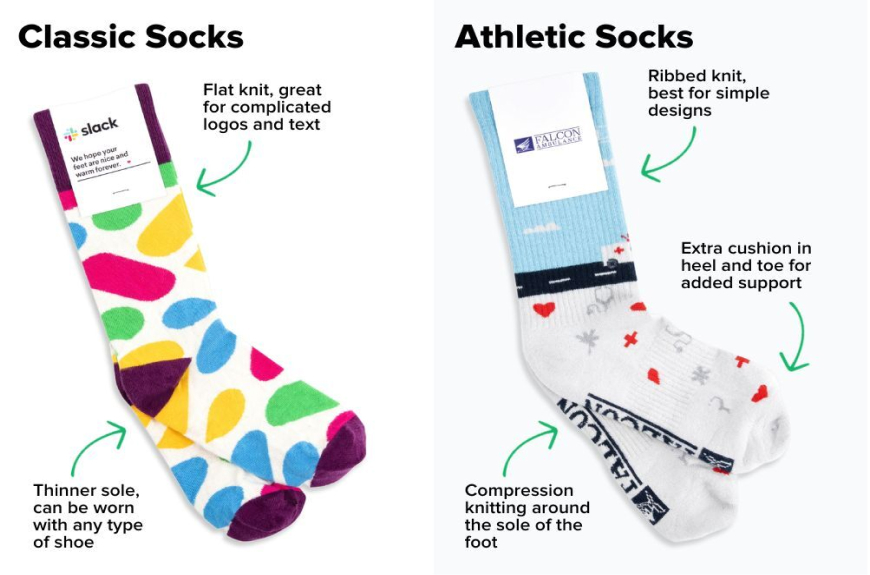Diving in cold water can be exhilarating, but cold feet can quickly turn an amazing dive into an uncomfortable experience. The right pair of dive socks can make all the difference between enjoying your underwater adventure and cutting it short. Whether you're a seasoned diver or just getting started, understanding how to keep your feet warm underwater is crucial for a comfortable diving experience.
Understanding Dive Sock Materials
The most effective dive socks are typically made from neoprene, the same material used in wetsuits. While some divers prefer traditional water socks for casual water activities, serious diving requires more robust protection. Premium dive socks often incorporate thermal materials similar to those found in high-performance athletic socks, but with specialized waterproof properties.
Thickness Considerations
The thickness of your dive socks plays a crucial role in heat retention. Most divers opt for socks between 3mm and 7mm thick, depending on water temperature. For those interested in material thickness comparisons, consider how alpaca wool performs against synthetic materials in terms of warmth - while not suitable for diving, it demonstrates how material density affects heat retention.
Fit and Comfort
A proper fit is essential for dive socks to function effectively. Many experienced divers from diving communities emphasize the importance of a snug but not restrictive fit. The sock should feel like a second skin, similar to how various water sock styles are designed to provide maximum comfort while maintaining functionality.
Temperature Ratings
Different diving conditions require different levels of thermal protection. When comparing various options, consider how they stack up against each other, much like in our comprehensive sock comparison guide. Cold water diving typically requires thicker socks with better insulation properties, while tropical diving may only need thin protective layers.
Durability Features
Quality dive socks should feature reinforced seams and anti-abrasion panels. These elements protect against wear from fins and rough surfaces, extending the life of your investment. The best options include features like flat-lock stitching and reinforced toe and heel areas.
Wrapping Up
Selecting the right dive socks is crucial for enjoying your underwater adventures to the fullest. Consider the water temperature you'll be diving in, the duration of your dives, and your personal comfort preferences when making your choice. Remember that investing in quality dive socks is investing in your comfort and safety underwater.


